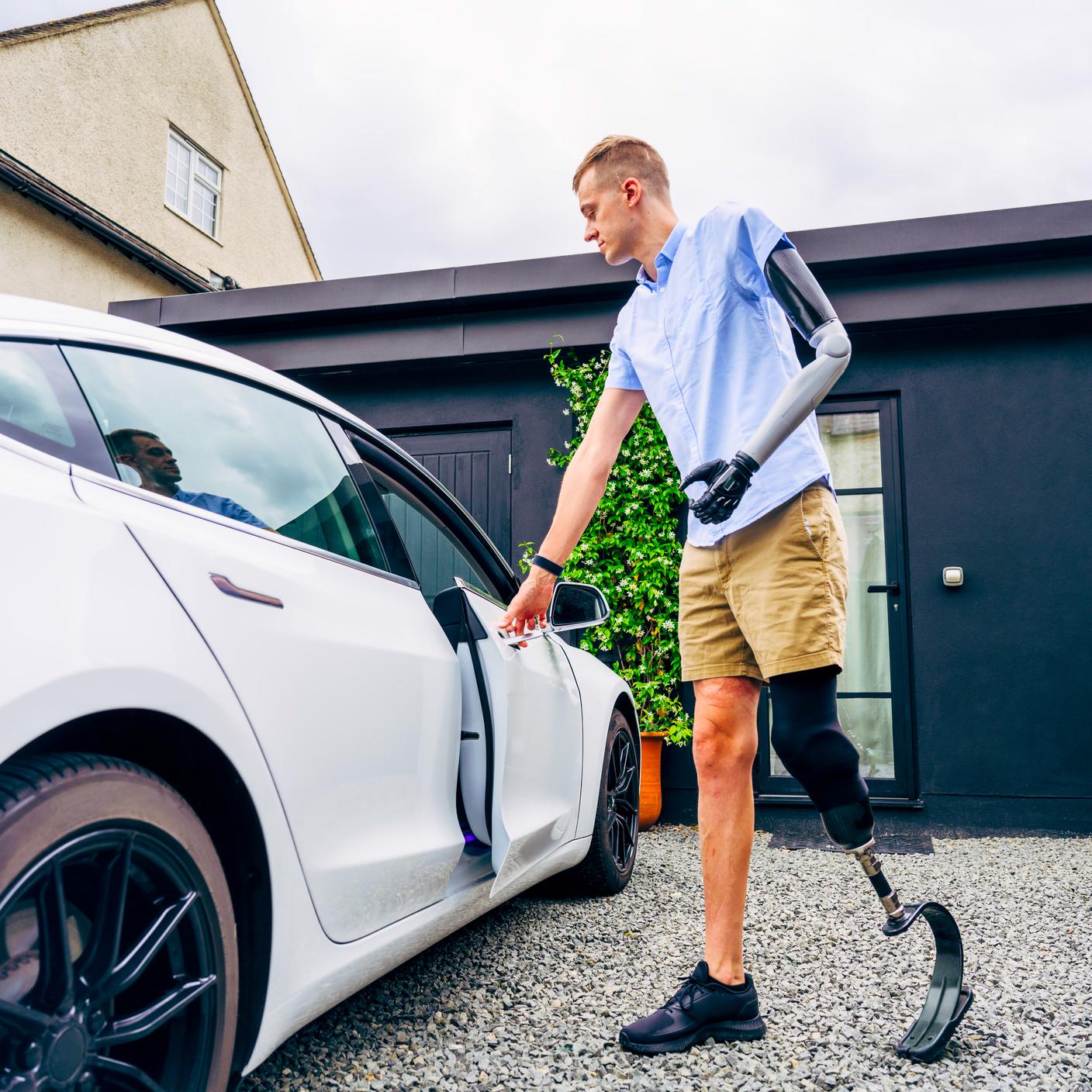As electric vehicles (EVs) become more popular, the need for accessible EV charging bays has never been greater. Ensuring that EV charging infrastructure is inclusive is not just a legal requirement in many areas, but also a critical step towards enabling all individuals, including those with disabilities, to participate in the green mobility revolution. This article explores how to create an accessible EV bay, with a focus on the PAS 1899 standard as a benchmark for best practices.
Understanding the importance of accessible EV charging
Accessibility in public spaces is essential, and EV charging stations are no exception. Accessible EV bays enable individuals with mobility challenges to charge their vehicles independently without unnecessary barriers. By following established standards like PAS 1899, businesses, municipalities, and developers can assure their charging stations are usable by everyone, including blue badge holders, thereby promoting inclusivity and compliance with legal requirements.
What is the PAS 1899 Standard?
PAS 1899 is a publicly available specification developed in the UK, offering guidelines for designing accessible EV charging points. It provides detailed recommendations on the physical design, placement, and operational aspects of EV charging bays to assure they are accessible to a wide range of users, including those with physical disabilities and blue badge holders.
Key features of PAS 1899
- Space Requirements: assures sufficient space around the charging point for manoeuvring, including extra room for deploying wheelchair ramps or lifts.
- Height and Reach: Specifies the appropriate height for controls and connectors, making them easily accessible from a seated position or by individuals with limited reach.
- Surface and Gradient: Recommends smooth, level surfaces with minimal gradient changes to facilitate easy movement for wheelchair users.
- Signage and Lighting: Advocates for clear, visible signage and adequate lighting to help users locate and use the charging point, even in low-light conditions.
- User Assistance: Suggests features like customer support options, such as call buttons or intercoms, to assist users who may need help operating the charging station.
How to create an accessible EV bay
- Site Selection and Layout
Choosing the right location is the first step in creating an accessible EV bay. It should be situated close to building entrances or accessible routes to minimize users' travel distance. The layout must accommodate ample space around the charging point, allowing users to park, exit, and manoeuvre their vehicles without obstruction. This will allow the deployment of mobility aids, making it especially useful for blue badge holders.
- Surface quality and gradient
The surface of the EV bay should be smooth and stable, free of cracks, gaps, or steep gradients. This assures safe and easy access for wheelchair users. Additionally, tactile paving or non-slip materials can be used to enhance safety, particularly in wet conditions.
- Height and reach of charging equipment
Ensuring that all components of the charging station are within reach for users with varying levels of mobility is crucial. This range makes the equipment accessible to people in wheelchairs, blue badge holders, or those who have limited upper body strength.
- Signage and marking
Clear, visible signage is essential for directing users to accessible EV bays. Signage should include the international symbol of accessibility and be placed at both eye level and higher to assures visibility from a distance. Floor markings should clearly delineate the accessible bay, using contrasting colours to help visually impaired users. PAS 1899 emphasizes the importance of lighting in making these signs and markings visible during all times of the day.
- User assistance features
Accessible EV charging bays should include features that provide additional assistance to users who may require it. PAS 1899 suggests the integration of user assistance tools such as intercoms, help buttons, or even remote assistance options via mobile apps. These tools offer immediate support, ensuring that users, including blue badge holders, can charge their vehicles with confidence, knowing help is available if needed.
- Maintenance and regular checks
To maintain accessibility, EV bays should undergo regular inspections and maintenance. This includes checking for any obstructions, ensuring that surfaces remain smooth and level, and verifying that all signage is intact and visible. Regular maintenance helps prevent issues that could render an accessible bay unusable or difficult to use, particularly for blue badge holders who rely on these facilities.
Benefits of complying with PAS 1899
Adhering to the PAS 1899 standard not only assures compliance with legal requirements but also demonstrates a commitment to inclusivity and social responsibility. Accessible EV bays improve user satisfaction, encourage broader adoption of electric vehicles, and enhance the reputation of businesses and organizations that provide these facilities.
- Enhanced user experience
By following best practices, you create a positive experience for all users, reducing frustration and making it easier for people with disabilities and blue badge holders to charge their vehicles.
- Legal compliance
In many regions, providing accessible facilities is a legal obligation. Meeting these standards helps avoid potential legal issues and assures that your charging infrastructure is future-proof.
- Community impact
Accessible EV bays make a powerful statement about your commitment to inclusivity and equal access, which can improve public perception and foster goodwill within the community.
Creating accessible EV charging bays is a vital step towards ensuring that the benefits of electric mobility are available to everyone. By adhering to the PAS 1899 standard, you can design EV charging infrastructure that meets the needs of all users, including blue badge holders, providing safe, convenient, and accessible charging options. As electric vehicles continue to grow in popularity, making your charging stations accessible will be increasingly important for compliance, customer satisfaction, and community impact.


